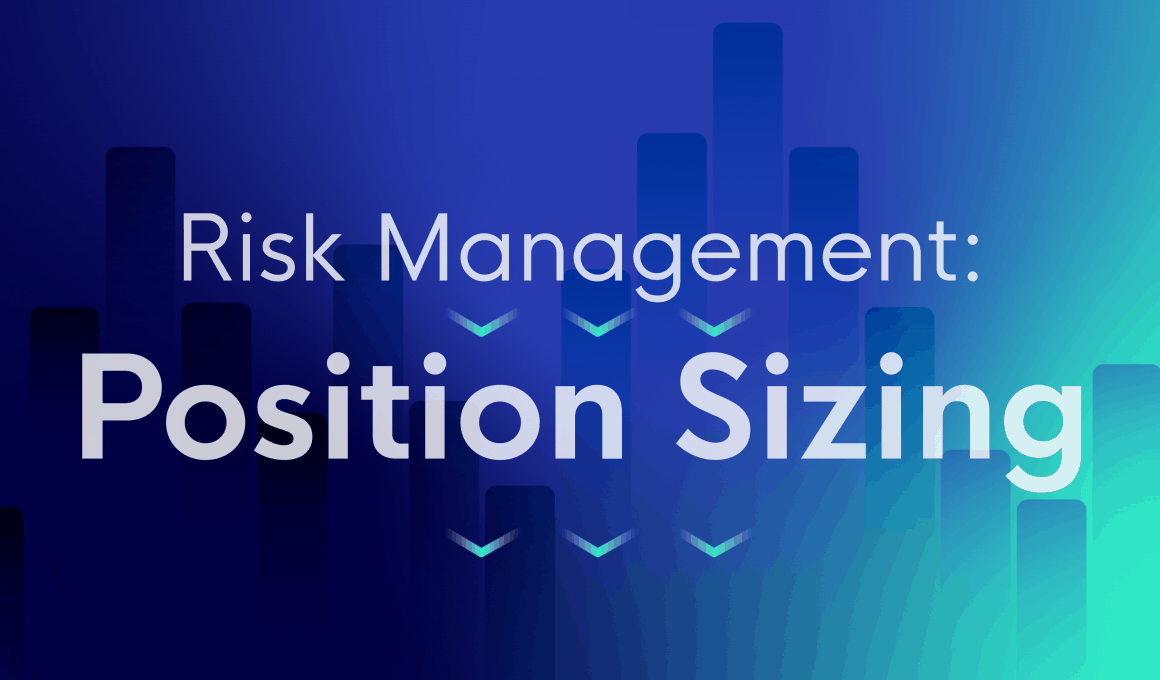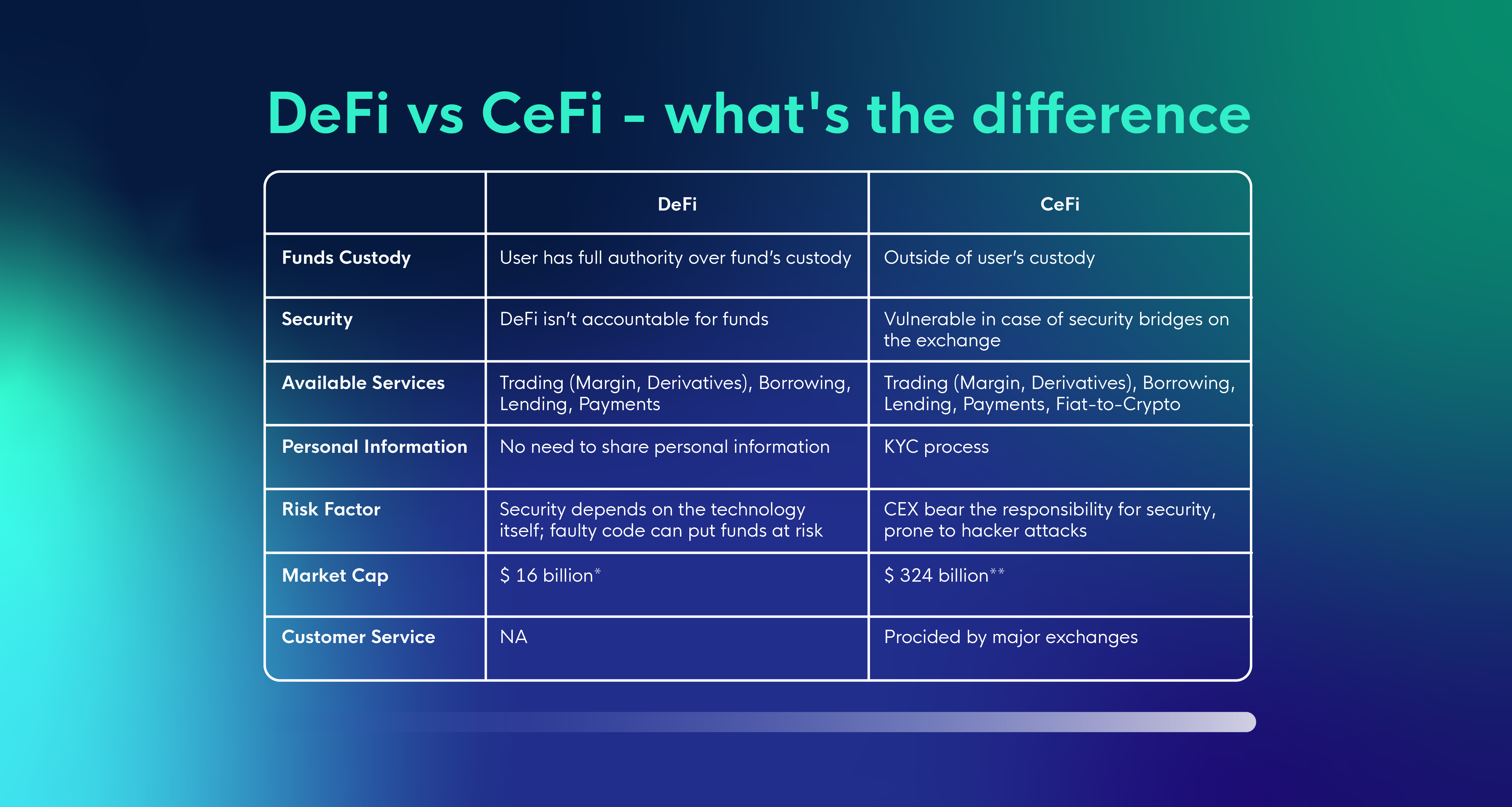Many believe that trading success lies in finding trading systems that allow them to enter and exit the market at the best time. On many occasions, they neglect an aspect that has proven to be much more important and easier to achieve than timing: risk management.
We will cover all faucets of position sizing in this piece namely how position sizing and stop losses are instrumental to your trading success, conventional ways how to set them, how to calculate position sizes based on risk, how backtesting is key to finding the best level and finally reveal a quicker way to do it all. At the end you will know exactly what to do to never worry about taking a crippling loss.
Stop losses on their own are covered here.
Risk management and position sizing
Risk management allows you to manage your losses to an acceptable extent so you can maximize profits. Making money is easy – keeping it is the hard part. You could have a great strategy that times the market perfectly, but a few losses could decimate some or all your balance, more so in the volatile crypto space.
Before determining a position size, you need to think about the maximum acceptable risk on the trade. That risk is usually expressed as a stop loss. Stop losses should not be appropriated randomly. In fact, it is the real exposure of your position. Let’s say your position is $100 with a 10% stop loss. The position doesn’t go your way and you lose $10. In the absence of a stop loss it may be the entire position size or even your entire portfolio.
A tight stop loss with not much wiggle room can be closed by normal market movements and corrections and you may miss a trade that could have potentially been profitable. A wide stop loss placed too far could mean dire losses that deplete funds quickly. A trailing stop loss may be a good option too, you just need to understand how to use it well.
Why is position sizing so important?
Position size is simply too important factor for traders to determine on the fly. On the chart below we see the difference between risking 2% on a trade and risking 10% on a trade. After 9 trades in this scenario, we have less than double the amount left and eventually we ill be out of the game.

Think of it this way: If you always risk 10% of your funds on every trade and enter a losing streak you will have only 10 shots at offsetting your losses. With 2% it’s 50! This metric is Risk of Ruin, which we cover in upcoming articles.
Position sizing means sizing the amount you will use to open a position, either a fixed amount or a percentage of your balance. It lets you to control risk by minimizing losses.
Alternative methods exist to determine position size, including fixed risk, account percentage, optimal fraction, etc.
The rule of thumb is to use between 1-3% on each position. At least from legacy markets like forex. But if you are a crypto trader and work with assets that fluctuate 10% in a day, a 1% SL will have you stopped out too often.
The point of small position sizing allows is staying in the game longer and getting to experience more.
How to think about position sizing
These methods cater for all traders and balance sizes.
Fixed position sizing
The classic is a fixed position size. This may be useful for traders with large account balances, that don’t wish to use percentages of their balance as even a small percentage would be a substantial sum. CLEO.one allows you to use both the base and quote currency for a fixed position sizing which enhances your flexibility.
The good thing about this approach is that by always risking $100 for example, your losses do not compound. But neither do your wins, so capital preservation is more active. It is advisable while using fixed position sizing to come back in regular intervals to review the strategy’s performance and adjust the entry sizes.
Flexible position sizing
The other two methods for position sizing allow you to use percentages of your current balance or initial balance. This allows you administer a portion of your balance for position sizing and will benefit from compounding.
Flexible position sizing – wins compound
Using a percentage of your trading account in each open operation has the advantage of compounding. Assuming you do not remove any funds, the profit made on each trade increases your overall balance. Giving you larger gains. The anthesis is also true. Using a percentage means your losses are less. For a quick example let’s say your balance is $1000 dollars. You trade the full amount, 100% and you win 10% on each trade consecutively. Your balance would be as follows.
1st trade:1000 + 100 (10% win) = 1100
2nd trade:1100 + 110 (10% win) = 1210
3rd trade 1210 + 121 (10% win) = 1331
4th trade 1331 + 133 (10% win) = 1464
5th trade 1464 + 146 (10% win) = 1610
Your ending balance on the 5th trade is $1610 dollars. Not what some may expect of 10% on 1000 each win, which would yield you $1500. You bagged an additional $110 dollars.
Flexible position sizing – so can losses
On the losses side, let us see how the same example goes.
1st trade:1000 – 100 (10% loss) = 900
2nd trade:900 – 90 (10% loss) = 810
3rd trade 810 -81 (10% loss ) = 729
4th trade 729 – 72 (10% loss) = 657
5th trade 657 – 65 (10% win) = 592
Your balance ended up at $592 dollars. If you expected to lose 10% on each trade, then you would expect your ending balance to $500 dollars. Therefore, using the dynamic percentage methods for position sizing can be advantageous to your wallet. Flexible position sizing, would increase the difficulty of making an accurate comparison in the performance of the underlying strategy, not allowing us to do an apples-to-apples comparison. Leaving us with skewed results.
Calculating position sizes
Every trader should know how to calculate position sizes, but if you are not interested just skip the next part and use the CLEO.one Position Calculator.
Calculating position sizes in practice, bearing risk in mind is essential and yet many new traders don’t learn to do so. Doing this a couple of times really brings out how small variations can change your results.
You look at the chart see where the stop loss would be. Take your position size rule in mind of risking only 2% for example of your account on your position – which would be your stop loss. So how big should the position size be?
We’re going to explain it through an example. To do it you will need to know:
- Our trading account size
- Trading account risk (how many % of our account do we want to risk on this trade)
- Invalidation (stop loss point)
This will give us our position size:
Position size = Trading account size x Trading account risk / Invalidation
Calculating position size – example:
This is for the math minded, if not interested skip this chunk.
We have a $10,000 trading account and would close the position if we see a 5% drop in price as an invalidation. We are willing to invest 1% of our trading account on this.
The position size formula gives us:
Position size= 10,000 x 0.01/0.05 = 2,000
Our position size is $2,000, with a stop loss of 5%. With this we are risking a maximum of 1% or $100 dollars if our stop loss is triggered.
Let’s say we want to have a looser stop loss of 10% instead of 5. In that case the formula would take this form:
Position size= 10,000 x 0.01/0.1 = 1,000
Doubling the risk by doubling the distance to our stop loss (from 5% to 10%), has us reducing our position size by half to maintain the same possible loss.
Take profit and position sizing
Profit taking has its role too. As price swings in one direction and you make a gain, it could rally down and make a loss too. Knowing when to take a profit will also enhance your strategy. Luckily in CLEO.one, there are trailing stop losses and trailing take profits, which allow you to follow the price when it rallies down and lock in profits.
As price rallies down, your trailing stop loss or take profit will be hit, but you have locked in a greater gain than a conventional stop loss or take profit. For more information about trailing stop losses and trailing take profit, please see our article trailing stop loss and trailing take profit. As practice makes perfect, you will be able to judge the markets better and understand position sizing as you progress through your trading career. This will be a lot harder if you bet large sums and lose and feel downhearted.
How to find the best position size for your trading strategy?
This all depends on your risk tolerance as a trader. As CLEO.one offers fixed position sizing, either using the base currency or the market currency, this allows you to know beforehand how much you are prepared to risk, simplifying things for any investor. If you prefer to use a % of portfolio balance or % of initial portfolio balance, this will take a fixed percentage, but bear in mind this will fluctuate if you are using a percentage of balance, as this will change dynamically depending on your wins and losses.
The point is striking a balance between gains and drawdown. When testing you need to check for 2 things:
1. If you are using a market based close rule (Price reaching a certain amount, RSI hitting 95) is it enough? Market based close rules are often superior to a stop loss but you need to check by testing.
2. How does adding a stop loss and limiting the position size affect performance
We’ll demonstrate through an example.
How to find the best position size for your trading strategy? Example
We’ll be looking at the following trading strategy on Ethereum/USDT on the 1-hour timeframe:
Open position when: RSI (14) is above 50
Close position when: Price is crossing down VWAP (120)
The tested period is 24 Feb 2020 – 24 Feb 2021. Our initial funds are $10,000.
To start with let’s presume we are going “all-in” on every position with 95% of balance.
Without a stop loss our return is +725.16% on spot which is incredible, as it beats holding convincingly which would have us at “only” 494.26% for the year:

However, we know that raw returns ae not the full story, but we need to look at the risk we are taking on as well:

Although we have a stellar Profit Factor at 4.13, we would also experience a steep drawdown of 40.3%. This is not only psychologically taxing to traders, but also may lead to missed opportunities. No point having a strategy that wins 20 times in a row, when the next sequence almost halves your account. This is exactly where position management comes into play.
Let’s explore what will happen when we look to limit our exposure through a stop loss. That’s the only tweak that we’ll be making. Some experimentation is needed:
| Stop Loss as % of market price | Strategy performance | Max drawdown |
| 3% | +578.28% | 30.7% |
| 5% | +650.69% | 24.7% |
| 10% | +902.5% | 23.4% |
| 15% | +932.9% | 31.2% |
| 20% | +821.61% | 38.6% |
| 30% | +778.11% | 36.4% |
As we can see, blindly going with a tiny stop loss of 3% would damage our returns greatly. Yet trying out different variants not only brings us higher returns but reduces our drawdown. Look at the increased gains with half the drawdown when implementing a 10% stop loss.
Without backtesting you are not only risking more but leaving money on the table as well. These results will vary for every strategy, so it’s important to try it for yourself. In crypto a 23% drawdown is a small correction, for forex traders it might be too much.
How to set flexible positions in CLEO.one
While you can be calculating position sizes every time manually you can also use a platform that lets you do it in one click.

After entering an initial amount under “Enter size of each trade”. From the top down you may specify your position sizes as follows.
1. Using the base currency
In this state you specify the amount of the base currency you wish to use for your position size. In the example above it is using the crypto pair ANKR/BTC. So, it will use ANKR for positioning. If you enter 10 ANKR, it will always open a position with 10 ANKR.
2. % of portfolio balance
When you open the trade, your remaining balance in your account is used and the percentage you specify here is taken to open the position. For example, if you have $1000 and risk 10% of balance then your position size will be $100.
3. % of initial portfolio balance
When you first start trading you will have an initial balance. Irrespective of how your balance changes, assuming you have enough capital, your position size will be a percentage of your initial balance. For example, your initial balance was $1000, and you double your balance to $2000. If you use 10% of your trade sizing, it will use the initial balance of $1000 to create the position and not your balance of $2000. Thus, your position size will be $100.
4. Static amount
This refers to the quote or market currency. Whatever amount you use here, will be the quote currency. In the example above it is using the crypto pair ANKR/BTC. So, it will use BTC for positioning. If you enter 1 BTC, that is the amount it will use to open a position every time.
Conclusion
Investigating your position sizing, including where you set a stop loss is imperative to understanding how long you can stay in the trading game. It is also deeply connected to your trading strategy.
You can set position sizes as dynamic by % or fixed. Learning to calculate position sizes in relation to your stop loss will create a more systematic approach to trading and protect your funds. What approach you choose depends on the asset you are trading and your risk tolerance. Back testing is a great starting point in terms of finding the optimum.
With CLEO.one’s backtester giving you greater re-assurance, you can back test to your heart’s content to see which position sizing method works better for each currency pair. There is no magic formula, but once you understand the principles get to testing. It’s free.
https://www.investopedia.com/articles/trading/09/determine-position-size.asp







